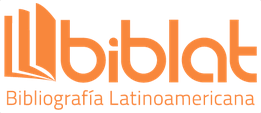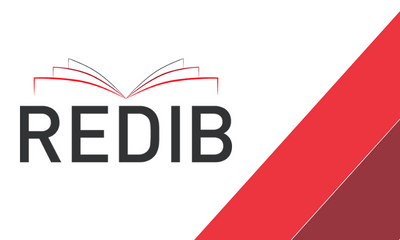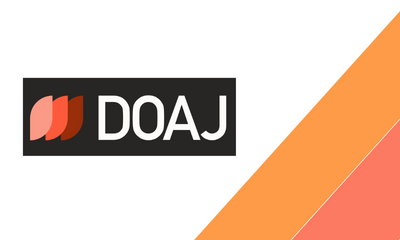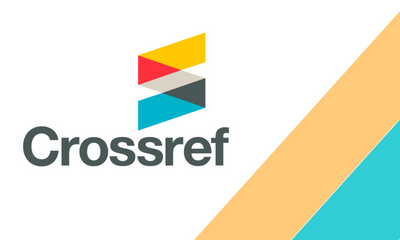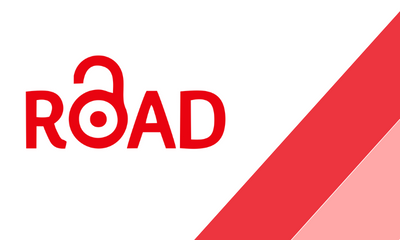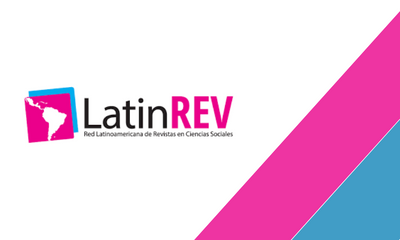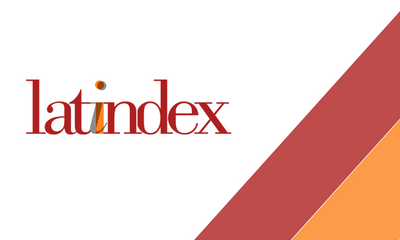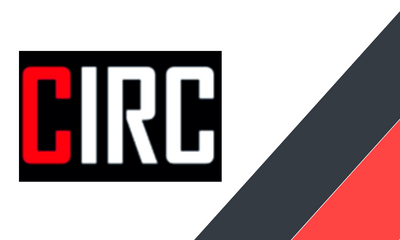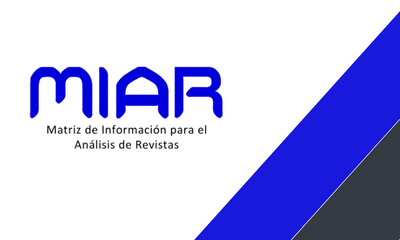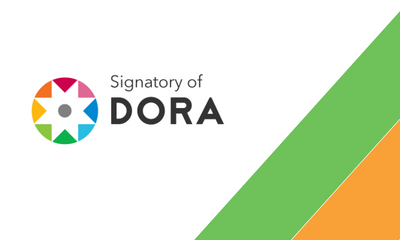Digital preservation and storage policies
PKP Preservation Network (PN)
The PKP Preservation Network provides free preservation services for any OJS journal that meets the basic criteria.
Therefore, the LOCKSS system is used here to generate a distributed archive among participating libraries, allowing these libraries to create permanent archives of the journal for digital preservation and restoration purposes.
LOCKSS
As part of the digital preservation and restoration policies for the resources contained in InterNaciones Magazine, the plugin called Lots of Copies Keep Stuff Safe (LOCKSS) is enabled within the OPEN JOURNAL SYSTEM (OJS) platform.
Having the LOCKSS system guarantees permanent and secure file storage. It should be noted that LOCKSS is an open source program that has been developed by the Stanford University Library, allowing libraries the ability to curate selected web journals by regularly searching registered journals to collect new published content and archive it. Each file is continually validated against records from other libraries, so any damaged or lost content can be restored using those records or the journal itself.
In this sense, the LOCKSS plugin stores and distributes journal content to collaborating libraries through a LOCKSS Editorial Manifesto page.
DOI
InterNaciones Journal, through Crossref, assigns a DOI (Digital Object Identifier) to published articles.
Correction and retraction policies
The corrections made in any of the manuscripts, author data, affiliation, contents, among others, in the InterNaciones Journal, must be adjusted to important errors that are detected after publication and that induce some error to readers.
Any retraction of articles may be made if there are any of these reasons:
- Undeliberate errors that are indicated by the authors (either in the data, in the instruments or in the analyzes used).
- Ethical non-compliance (fabricated data, fraudulent use of data, any type of plagiarism, research that does not comply with ethical principles, duplication of publication or overlap, falsification or manipulation of images).
Any retracted article must indicate the cause, as well as the person who requested it. Therefore, a Retraction Note must be attached right next to the retracted article that will appear on the site with a watermark that clearly indicates its retraction.
In this sense, both the authors, when an unintentional error has been generated, and any institution or researcher that detects any of the causes contemplated in the ethical code subscribed by InterNaciones, will have the power to request the retraction of the article. in question.
The retraction process must consider the guidelines issued by the Publications Ethics Committee COPE.





